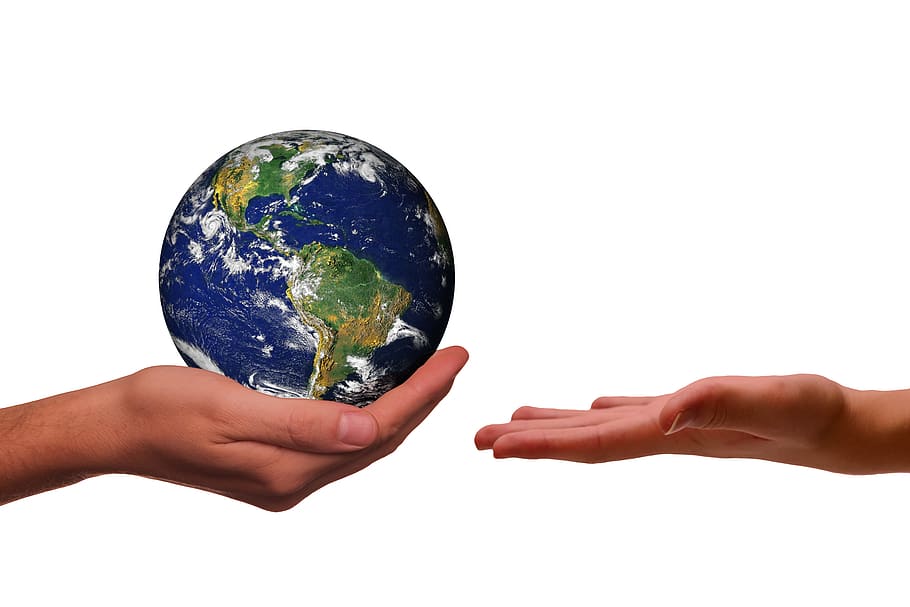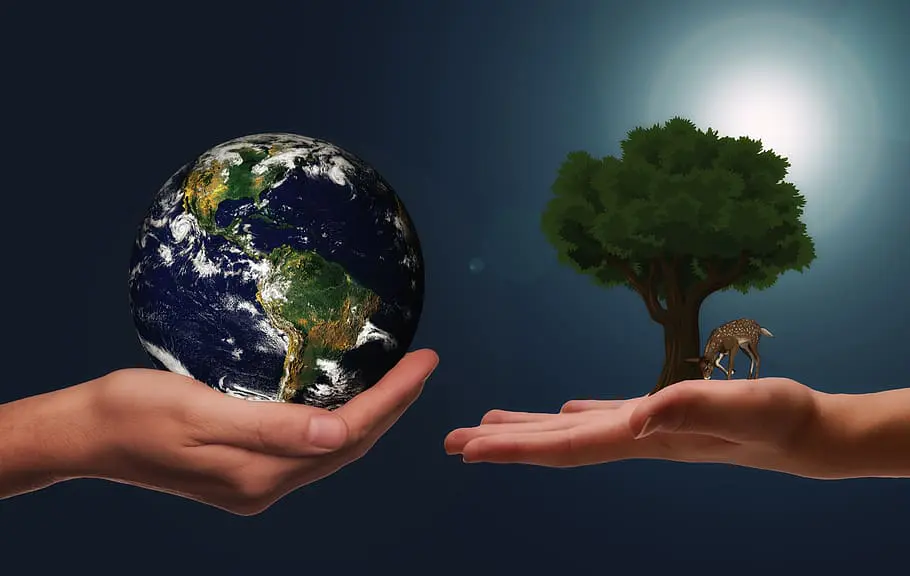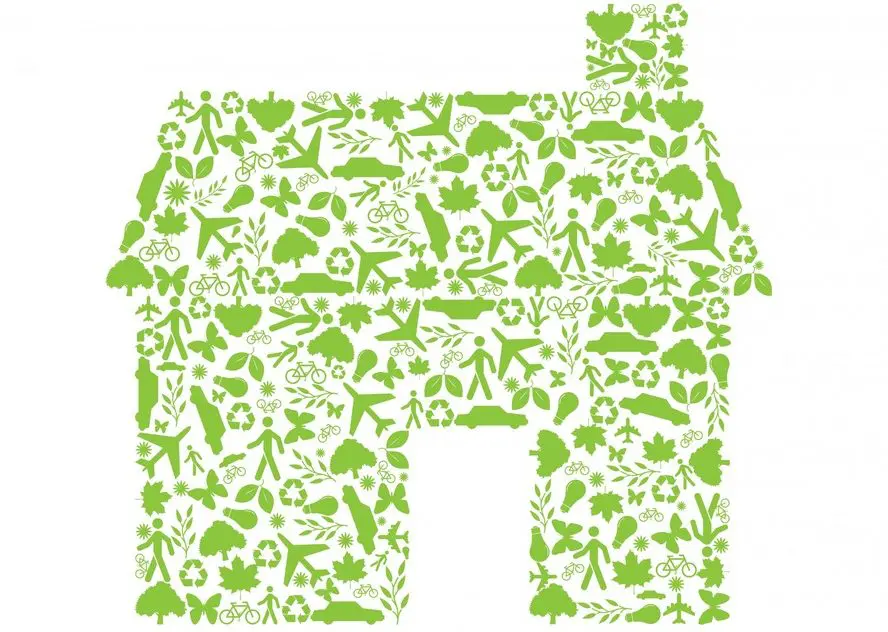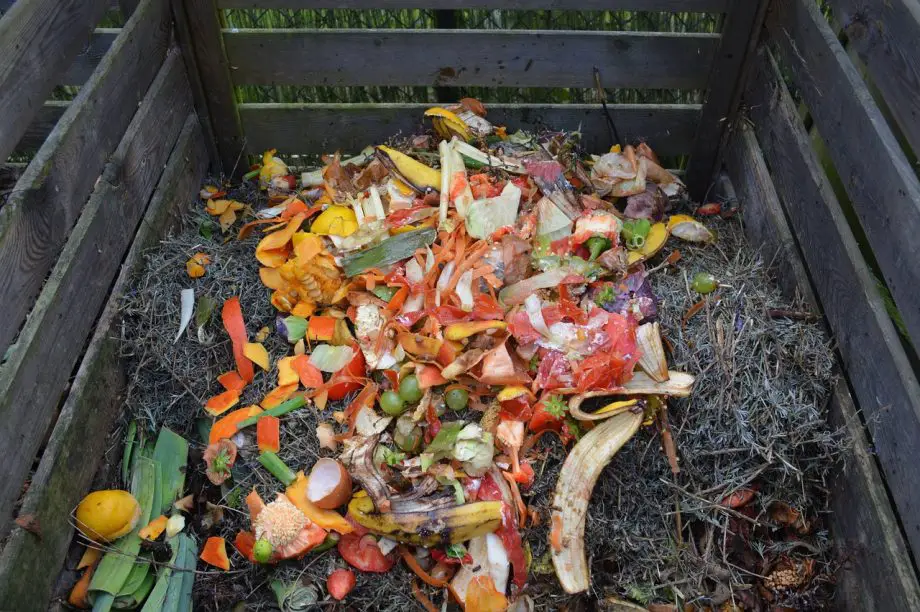
Dive into our in-depth look at the impact of fast fashion on the environment. We’re pulling back the curtain on this hot topic, from its toll on natural resources to the sustainable alternatives that can make a difference.
The impact of fast fashion on the environment is alarming. This industry model contributes to resource depletion, pollution, and waste. From consuming large amounts of water for textile production to generating tons of textile waste, fast fashion has serious environmental repercussions.
Impact of Fast Fashion on the Environment
Ever snagged a trendy $5 tee and wondered, “How can it be so cheap?”
Well, the low price tag comes with a high cost, and we’re not talking about quality.
We’re talking about the impact of fast fashion on the environment. Intrigued?
Let’s dig deeper to find out what’s really going on behind those flashy window displays.
When we think of fashion, we often think of the latest trends and affordable styles.
But have you ever considered the environmental implications of the fast fashion industry?
This article dives into this crucial subject, examining not only the economic advantages but also the heavy environmental costs.
Historical Context of Fast Fashion
Fast fashion didn’t always dominate the fashion world. In fact, it’s a relatively recent phenomenon that emerged alongside global consumerism.
This section will explore its roots and evolution over time.
Fast fashion is the business model of replicating recent catwalk trends and high-fashion designs, mass-producing them at a low cost, and bringing them to retail stores quickly while demand is at its highest. The term fast fashion is also used generically to describe the products of the fast fashion business model. From Wikipedia
Emergence of Fast Fashion
The fast fashion model started picking up pace in the late 20th century, with brands like Zara and H&M at the forefront.
Offering affordable styles that mimicked high-end fashion, these brands became the go-to for budget-conscious consumers.
Shift From Traditional to Fast Fashion
Before fast fashion, people generally had fewer clothes of higher quality, which lasted longer.
But the allure of cheap, trendy items led to a major shift, moving the industry from quality to quantity.
Economic Benefits of Fast Fashion
As we navigate through the complexities surrounding the impact of fast fashion on the environment, it’s important to acknowledge the other side of the coin: the economic benefits.
While the environmental costs are significant, fast fashion has also fueled job growth, democratized style, and transformed market dynamics.
In this section, we’ll delve into the economic upsides that have made fast fashion a dominant force in the industry.
From the growth in job opportunities to the responsiveness of the market, there are several angles to consider.
Lower Costs
Mass production and cheaper materials have made fashion more accessible to people from all walks of life.
This democratization has opened up a plethora of choices for consumers.
Job Creation
The fast fashion industry is a significant source of employment, especially in developing countries.
Factories often employ large workforces to meet the high production demands.
Fast Market Response
The speed at which fast fashion brands can bring new designs to market is unparalleled.
This has shifted the balance of power in the fashion industry, allowing consumers to get trendy items almost instantaneously.
Environmental Cost of Fast Fashion

While fast fashion has undoubtedly had economic upsides, it’s crucial not to overlook its environmental consequences.
This section aims to shed light on the environmental cost of fast fashion, which is a complex and multi-faceted issue.
From the excessive use of natural resources to the emission of pollutants and the generation of waste, the environmental footprint is extensive.
In understanding the full impact of fast fashion on the environment, we can better weigh our options as consumers and consider more sustainable alternatives.
Here, we’ll break down the environmental cost into its various components to get a comprehensive view of the issue.
Resource Depletion
Water Consumption
The production of textiles, particularly cotton, uses enormous quantities of water.
Growing cotton can consume up to 20,000 liters of water for just one kilogram of fabric.
Energy Usage
Energy consumption in the production process is another dark side of fast fashion.
Factories often rely on fossil fuels, contributing to greenhouse gas emissions.
Pollution
Water Pollution
Dyeing and treating textiles involve chemicals that often end up in waterways, affecting aquatic life and even our drinking water.
Air Pollution
The transport and production stages of fast fashion contribute to air pollution, including carbon dioxide and methane emissions.
Waste Generation
Textile Waste
The rapid turnover of fashion items contributes to a growing mountain of textile waste, much of which ends up in landfills.
Landfill Issues
Synthetic fabrics like polyester are non-biodegradable, taking hundreds of years to break down and occupying landfill space for extended periods.
Social Implications

After digging into both the economic benefits and environmental costs, let’s pivot to another critical aspect: the social implications of fast fashion.
The influence of this industry model extends far beyond our wallets or the natural world.
It also impacts the lives of the people who make our clothes.
From working conditions in factories to societal attitudes about consumption and waste, fast fashion has both visible and hidden social repercussions.
In this section, we will explore these complex social dynamics, aiming to present a well-rounded perspective on the phenomenon that is fast fashion.
Labor Exploitation
Low wages and poor working conditions are prevalent in the factories of fast fashion brands, often located in developing countries where regulations are lax.
Local Market Impact
The advent of fast fashion has also led to the decline of local artisans and smaller, quality-focused brands that can’t compete with mass-produced items.
Environmental Regulations and Corporate Responsibility
It’s one thing to recognize the negative aspects of fast fashion but it’s another to actively work towards improving the situation.
That’s where environmental regulations and corporate responsibility come into play.
These are crucial mechanisms that can either curtail or exacerbate the industry’s environmental impact.
In this section, we’ll delve into the existing rules and initiatives aimed at mitigating the environmental toll of fast fashion.
We’ll also explore how brands are stepping up or falling short in terms of their own accountability.
Existing Environmental Regulations
Governments worldwide are slowly waking up to the environmental devastation caused by the fast fashion industry.
Regulations are being put in place to limit waste, control emissions, and ensure responsible sourcing of materials.
However, there’s often a disconnect between legislation and implementation, leaving room for improvement.
Corporate Initiatives for Sustainability
Some brands have taken it upon themselves to adopt sustainable practices, whether due to consumer demand or a genuine concern for the environment.
These initiatives range from using organic, eco-friendly materials to adopting a circular model that minimizes waste.
The question is, are these efforts enough to offset the broader industry’s impact?
The Role of Third-Party Certifications
Certifications from impartial organizations can provide consumers with much-needed clarity about a brand’s sustainability efforts.
These certifications often come after rigorous checks and attest to a brand’s commitment to ethical and environmental standards.
However, not all certifications are created equal, and some can be misleading.
The Gap Between Commitment and Action (Greenwashing)
It’s not uncommon to hear brands making grandiose promises about their sustainability efforts.
However, there is often a significant gap between these commitments and actual practice.
This discrepancy can create a fog of confusion for consumers trying to make responsible choices.
The Need for Industry-wide Collaboration
No single company can solve the enormous environmental problems stemming from fast fashion.
Industry-wide collaboration is essential, whether it’s sharing best practices, jointly investing in sustainable technologies, or lobbying for more stringent regulations.
Only by working together can the industry hope to make a significant positive impact.
Sustainable Alternatives to Fast Fashion
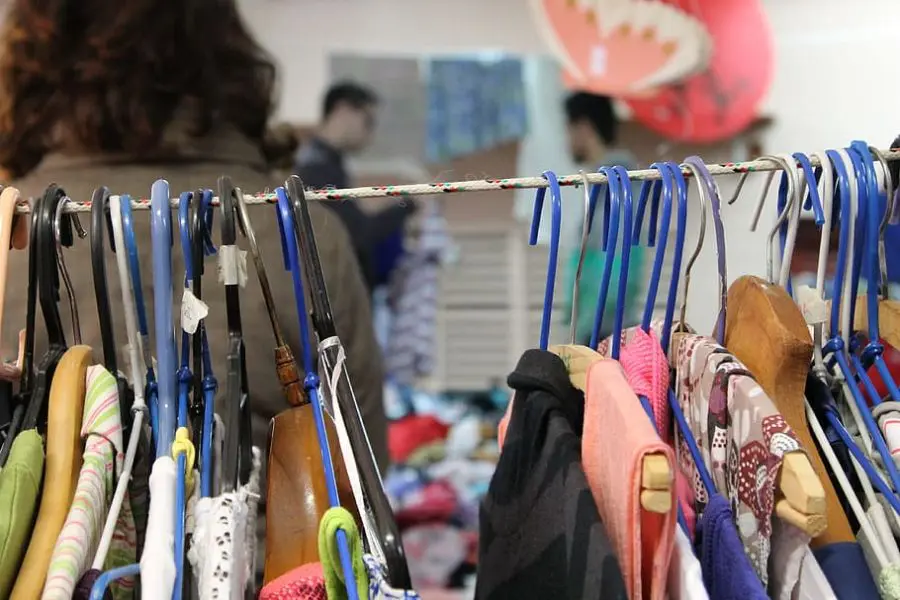
Knowing the negative aspects of fast fashion might leave you wondering, “So what can I do about it?”
Thankfully, the rising awareness about the environmental and social issues tied to fast fashion has also spurred growth in more sustainable alternatives.
In this section, we’ll explore the various paths you can take to make your wardrobe more eco-friendly and ethically responsible.
From thrifting to supporting brands that prioritize sustainability, there are numerous ways to dress fashionably without sacrificing your values or the planet’s well-being.
Thrifting
Thrifting, or shopping for second-hand clothes, offers a sustainable alternative that’s gaining popularity among eco-conscious consumers.
This practice not only diverts clothing from landfills but also lessens the demand for new garments, thereby reducing the amount of resources used in production.
The beauty of thrifting is that it gives a second life to clothes that might otherwise go to waste.
It’s also a treasure trove for one-of-a-kind pieces, allowing for unique self-expression without the environmental toll.
Additionally, thrift stores often support charitable causes, adding a philanthropic angle to your shopping experience.
Slow Fashion
The slow fashion movement seeks to counteract the fast-paced, disposable nature of mainstream fashion by emphasizing quality over quantity.
Brands and designers within this movement often use high-quality materials and focus on craftsmanship, creating garments designed to last.
Unlike fast fashion, which encourages frequent turnover and disposable purchases, slow fashion urges consumers to buy fewer items that have greater longevity.
It’s a deliberate choice that often comes with a slightly higher price tag, but the long-term benefits, both to the consumer and the environment, make it an investment worth considering.
Ethical Brands
As consumers become more aware of the social and environmental implications of their shopping choices, a rising number of fashion brands are committing to ethical and sustainable practices.
These companies often focus on transparent supply chains, fair labor practices, and the use of eco-friendly materials like organic cotton or recycled polyester.
They may also employ a circular fashion model, where garments are designed to be recycled or composted at the end of their life, thereby minimizing waste.
While these brands might not always be as affordable as fast fashion outlets, they offer a more conscious option for those looking to align their fashion choices with their values.
Fashion FAQs

We all love a good deal on trendy clothes, but have you ever stopped to wonder what your shopping choices mean for the planet?
Today, we’re unpacking the complex issue of the impact of fast fashion on the environment.
We’ll dive into the nitty-gritty details, from what fast fashion really is to how it’s affecting our Earth.
Plus, we’ve got answers to the questions you’re likely pondering as you read through those clothing tags.
Q: What is fast fashion?
A: Fast fashion is a term that describes a highly responsive and agile approach to clothing manufacturing.
What sets it apart is its ability to design, produce, and distribute new styles in a fraction of the time it takes traditional fashion houses.
The objective is simple: make trendy, affordable clothing accessible to as many people as possible.
However, this rapid cycle often means cutting corners, which usually occurs in the form of cheaper materials and outsourced labor.
Q: How does fast fashion affect the environment?
A: Fast fashion is a significant burden on the environment in several ways.
• For starters, the industry is one of the largest consumers of water, particularly in cotton cultivation and dyeing processes.
• It’s also a heavy polluter, with chemicals from dyes and treatments often making their way into waterways.
• The energy consumption is high as well, as factories commonly use fossil fuels, contributing to greenhouse gas emissions.
• Then there’s waste: the speed of the fashion cycle encourages disposability, leading to an enormous amount of textile waste in landfills.
Q: What are the alternatives to fast fashion?
A: If you’re looking to break free from the cycle of fast fashion, there are several sustainable alternatives available.
• Thrifting or buying second-hand clothing is one effective way to both save money and reduce waste.
• Supporting ‘slow fashion’ brands is another; these companies focus on quality, durability, and ethical manufacturing processes.
• You can also look for ethical brands that are committed to sustainability, from sourcing eco-friendly materials to ensuring fair labor practices.
These brands may cost a bit more, but the longevity and reduced environmental impact of the garments often make it worth the investment.
Q: How can consumers make a difference?
A: As a consumer, you wield more power than you might think. Making a difference starts with your shopping habits.
Opt for sustainable or second-hand clothing when possible, and try to avoid impulse buying that may lead to waste.
Educate yourself on the brands you support and aim for those with transparent, ethical practices.
Also, consider the longevity of your clothing; invest in quality pieces that you’ll wear for years to come, rather than cheap items that will soon end up in the landfill.
Small steps like these can collectively make a significant impact.
Fast Fashion Conclusion

As we reach the end of our deep dive into the impact of fast fashion on the environment, it’s time to gather our thoughts and consider the road ahead.
Understanding the environmental toll of our fashion choices is the first step toward more responsible consumerism.
But what are some actionable steps and considerations to take away from all this information?
The Importance of Consumer Awareness
One of the major takeaways from this exploration is the pivotal role of consumer awareness.
Many people are simply unaware of the environmental cost of fast fashion.
The more educated we become, the more power we wield to enact change.
This could mean boycotting brands that refuse to adopt sustainable practices or even lobbying for stricter regulations on fashion industry pollutants.
The Role of Collective Action
While individual choices can make a difference, collective action has the power to shift the course of entire industries.
From community-led clothes-swapping events to social media campaigns exposing the dark sides of fast fashion, the potential for collective action is massive.
When communities come together, either locally or online, to demand better practices from fashion brands, the impact can be substantial and far-reaching.
It’s clear that while fast fashion brings economic benefits, its environmental impact is severe. As consumers, it’s imperative that we make informed choices and support sustainable alternatives.



